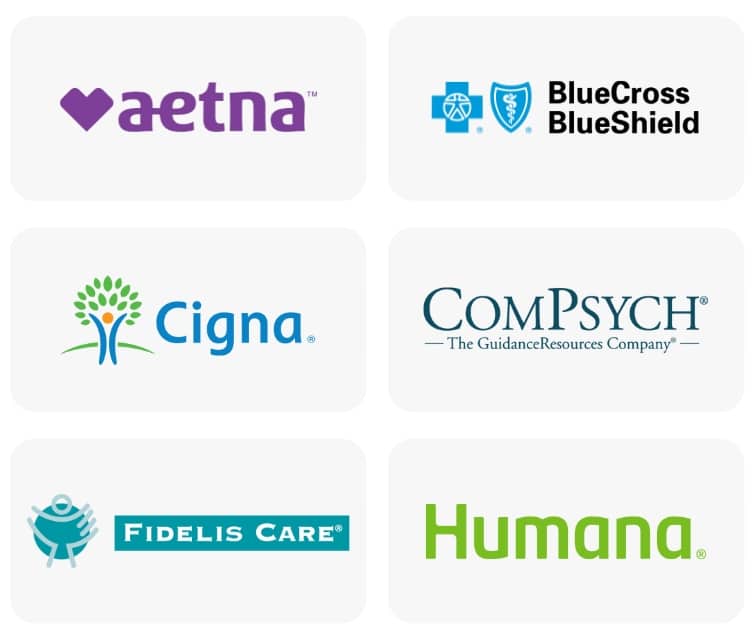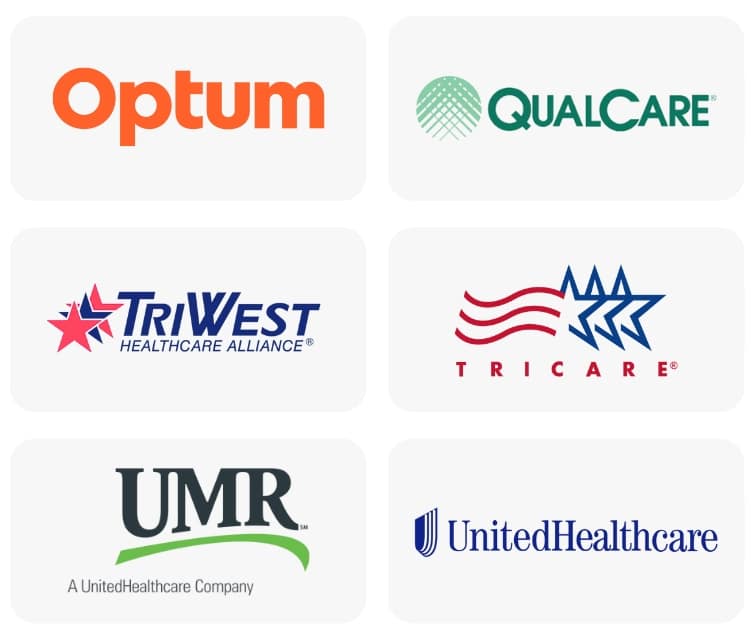Skip To Section
Ketamine is a powerful medication with several therapeutic applications. Ketamine, which was first used as anesthesia during surgery, is now utilized in hospitals as a sedative, pain reliever, and maybe antidepressant. Ketamine has been recognized by the FDA as a safe and efficient pain reliever and has been licensed for medical usage. Because it doesn’t reduce blood pressure while in use, it has advantages over other painkillers. Ketamine abuse outside of medical settings, however, can result in ketamine addiction and negative side effects, emphasizing the importance of using it under a doctor’s supervision to ensure its effectiveness and safety.
Classified as a Schedule III drug, when ketamine is used recreationally, it has dangers. It is known as a dissociative analgesic, which refers to its pain-relieving qualities, as well as the “out-of-body” effect some users experience. Many people who use ketamine recreationally report a feeling of euphoria while under the influence, making ketamine a drug that’s tempting to abuse. Additionally, like many recreational drugs, ketamine can cause specific changes in your brain chemistry that may lead to misuse, abuse, or addiction.
Ketamine has recently grown in popularity as a street drug and can be found laced in weed, as a powder, and as an injection.

What Are the Dangers of Ketamine?
Ketamine has an impressive list of side effects involving many of the body’s systems, including respiratory, digestive, cognitive, cardiac, and neurological functioning. While all of these side effects can be monitored and mitigated safely under medical supervision, if you use ketamine on your own, you might experience one or more of these symptoms:
- Drowsiness
- Changes in perceptions of color or sound
- Hallucinations, confusion, and delirium
- Dissociation
- Agitation
- Confusion or difficulty thinking or learning
- Nausea or vomiting
- Dilated pupils and changes in eyesight
- Inability to control eye movements
- Involuntary muscle movements and stiffness
- And more
At high doses, users often report what is called a K-hole. This is when you cannot move or talk, to the extent of being completely paralyzed. This has led some predators to use ketamine as a date-rape drug. If you use ketamine as a recreational drug, you could unwittingly become the victim of abuse.
Certain people should not use ketamine, as it can be especially dangerous when not monitored by a physician. If you have any of the following health conditions and are interested in trying ketamine for pain relief or to treat depression, do not do so without talking to a doctor:
- Glaucoma
- Brain swelling
- Brain lesion
- Brain tumor
- Alcohol addiction
- Aneurysm
- Coronary artery disease
- High blood pressure
- Thyroid disease
- Chest pain
- Mental illness
Health Risks of Long-Term Use
In addition to potentially causing physical and psychological dependence, long-term recreational ketamine use wears on your body and can cause:
- Bladder problems
- Kidney problems
- Stomach pain
- Memory loss
Exactly why long-term ketamine use affects the body in this way is not entirely understood. This damage tends to be reversible if a person who frequently uses ketamine illicitly can stop use.
Self-Assessment: Am I Addicted?
"*" indicates required fields
Contact Form
Would you like help?
"*" indicates required fields
Can You Overdose on Ketamine?
Overdosing on ketamine is both possible and dangerous. A ketamine overdose can cause the life-sustaining systems of the body to shut down. These are signs of an overdose:
- Hyperthermia
- Rhabdomyolysis
- Bluish lips or skin
- Inability to fully breathe
- Loss of consciousness or fading in and out of consciousness
- Coma
A ketamine overdose can be life-threatening. If you suspect you or someone you know is overdosing on ketamine, call 911 right away.
Is There a Comedown from Ketamine?
Coming off ketamine can be a stressful experience. If you are withdrawing from ketamine, you might experience some unpleasant ketamine withdrawal symptoms, including:
- Difficulty making decisions
- Unusual clumsiness
- Memory loss and disorientation
- Aches and pains
- Depression or malaise
During the comedown period, it is important to stay safe and remain hydrated. Ketamine detox in a medical setting can help with that by ensuring you’re under the watchful, experienced eye of doctors, who can keep you safe and comfortable.
Where Can You Find Help for a Ketamine Addiction?
If you struggle with addiction to ketamine—or any drug addiction—help is available. Drug rehabilitation facilities can help you safely withdraw from ketamine, providing needed therapy and support to address your addiction.
If you’re not sure where to begin seeking help for a problem with drugs, the U.S. Substance Abuse and Mental Health Services Administration (SAMHSA) offers a confidential helpline at 1-800-662-4357. They also offer a treatment locator tool to find a treatment center near you. You can specify the type of treatment help you are looking for and see a listing of local results.
Look for facilities that provide evidence-based ketamine treatment. Most treatment programs consist of individual therapy, group therapy, alternative therapies (like adventure therapy or art therapy), and support group participation.
Some common models of treatment include: ·
Some treatment centers, like Footprints to Recovery, incorporate medical detox methods to help you safely withdraw from the drug you are addicted to.
After Treatment: An Ongoing Recovery Plan
Ketamine addiction can be effectively managed, but there is no quick fix that will remove addiction from your life. A treatment program can give you the foundation you need to build your life in recovery, but your efforts don’t stop when you finish treatment. An aftercare plan can lower the risk of relapse.
Effective addiction treatment programs will help you create an aftercare plan for continued care when you are nearing the end of structured treatment for ketamine addiction and abuse. This plan will consist of healthy lifestyle practices that support your ability to stay clean and sober. Your aftercare plan may include:
- 12-step meetings
- Regular exercise
- Weekly visits with a therapist
- A good sleep schedule
- And more
Look for ketamine abuse treatment programs that provide this kind of comprehensive support, helping you transition to each new phase of recovery. With ongoing help, you can effectively stop all use of ketamine and other substances of abuse and embrace a balanced life in recovery.
- Is Ketamine an Opioid?
- Ketamine Side Effects & Symptoms
- Can You Overdose on Ketamine?
- How to Find Help and Support For Ketamine Abuse
- What Is Ketamine Withdrawal and Detox Like?
- Effects of Hallucinogens & Psychedelic Drugs?
- What Substances Are Club Drugs?
- Self-Assessment Questionnaire
- Underlying Causes of Addiction
- The DEA Drug Schedule
- What is the Cost of Addiction
- Slang & Street Terms for Drugs
- Ketamine for major depression: New tool, new questions – Harvard Health
- Ketamine a dissociative anesthetic: Neurobiology and biomolecular exploration in depression – PubMed
- Ketamine – StatPearls – NCBI Bookshelf
- K-Hole: What It Feels Like, Safety, and More
- What is an Aneurysm? | American Heart Association
- Toxicology – Poison Control – Utah.edu
- Rhabdomyolysis: MedlinePlus Medical Encyclopedia
- Ketamine – LiverTox – NCBI Bookshelf
- FindTreatment.gov
- Process and outcome changes with relapse prevention versus 12-Step aftercare programs for substance abusers – PubMed
Our admissions team is available 24/7 to listen to your story and help you get started with the next steps.








